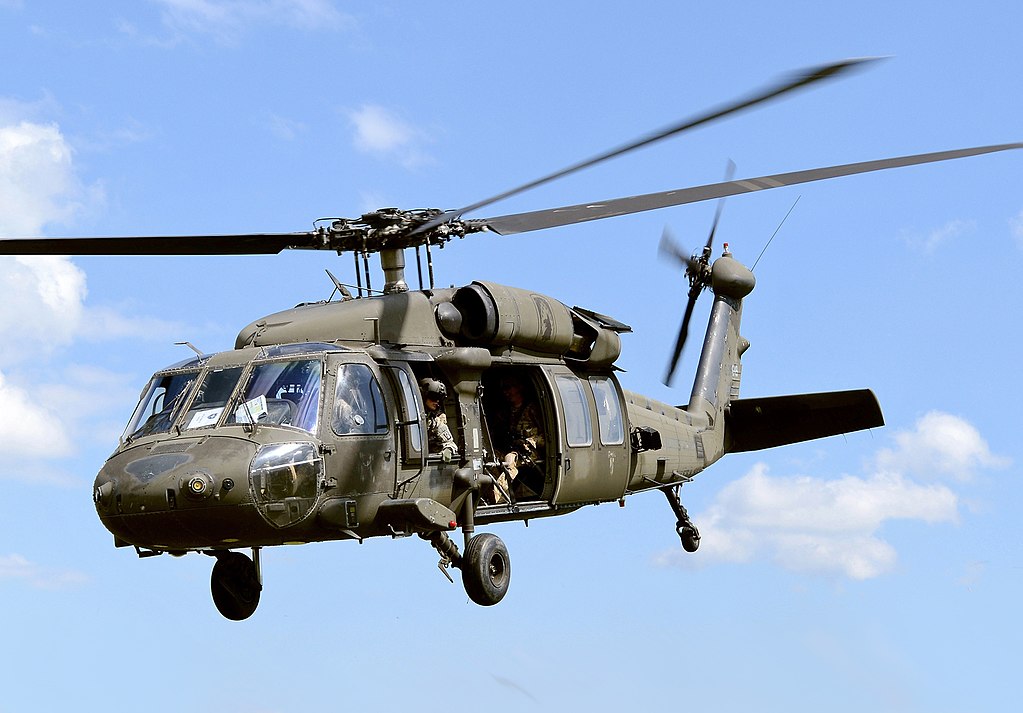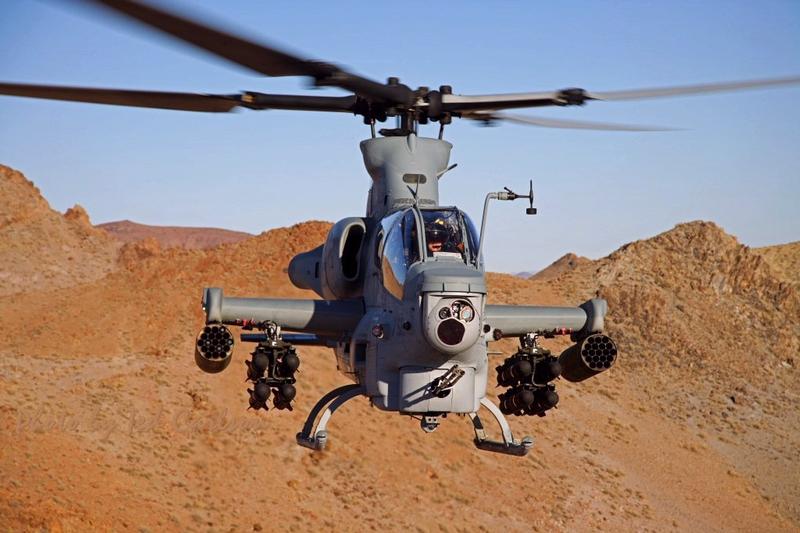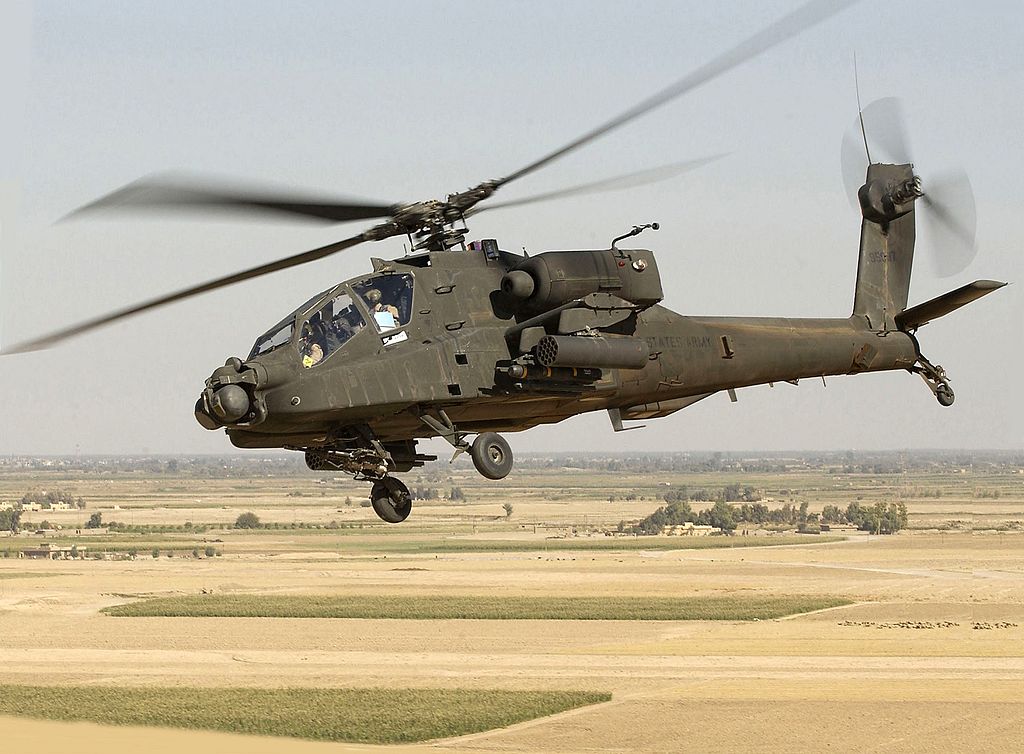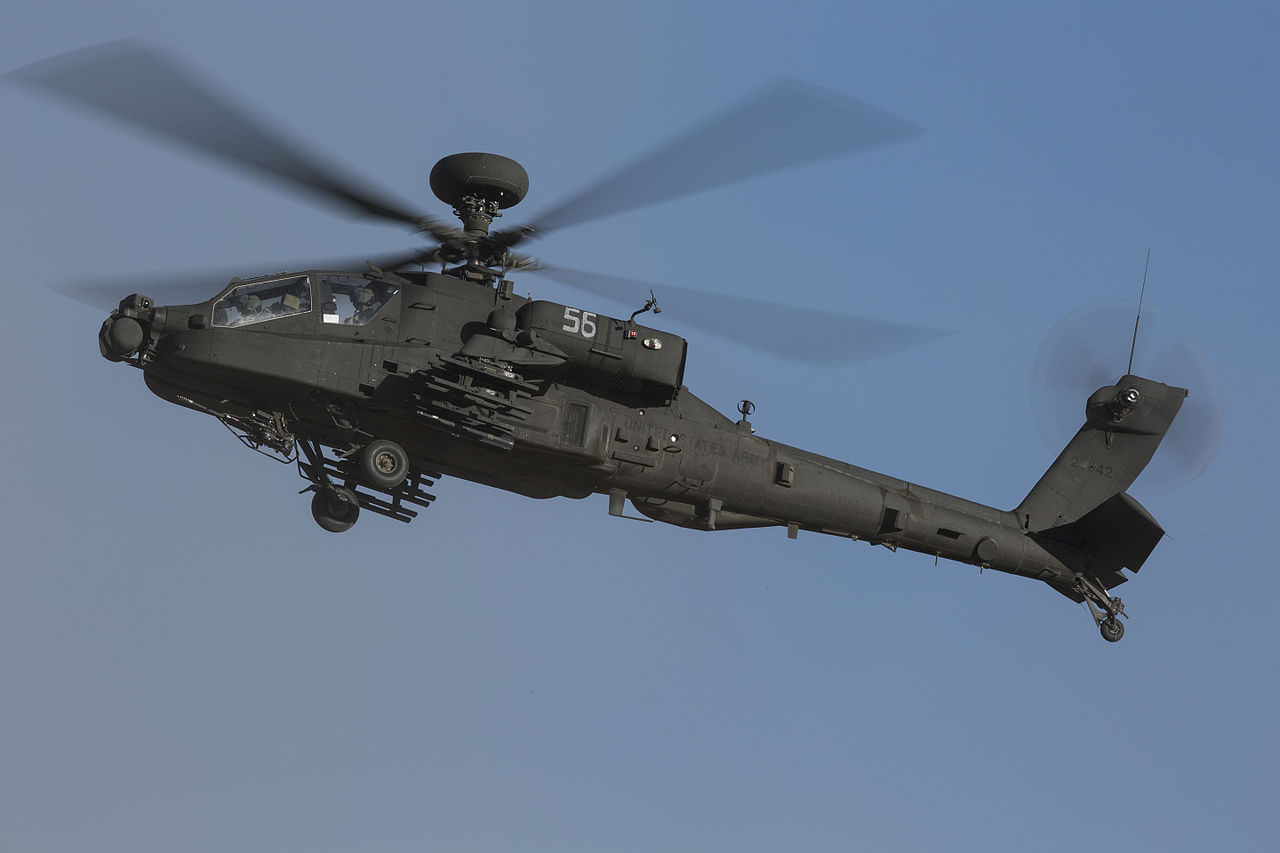The CH-47
The CH-47 Chinook is a descendent of the banana-shaped Piasecki helicopter designs of the 1940s and 1950s, such as the H-21. Frank Piasecki’s company was renamed Vertol in 1956 and acquired by The Boeing Company in 1960. The first CH-47A Chinook for the US Army entered service in 1962, and the type was widely used in Vietnam. The Chinooks were vital to many aspects of that war, including troop transport, placing artillery batteries in mountain positions inaccessible by other means, and recovering downed aircraft. According to The Museum of Flight website, Chinooks retrieved 11,500 disabled aircraft, worth over 3 billion US dollars, throughout the conflict.
Moreover, during the last days of the war, one Chinook is reported to have carried 147 refugees in a single lift.
But this was not the only amazing fact on the iconic CH-47.

14 Amazing Facts about Chinook Helicopter
David M. Densford, US Army Chinook pilot with 4,000 flt hrs and 24 years in the CH-47 models A thru F, lists 14 amazing facts on this legendary helicopter on Quora.
‘Amazing facts [about CH-47 Chinook], right?
- ‘1. Originally the A-model fuel system consisted of 550 gallons of Jet A split between 2 main tanks bolted to the side without a self-sealing internal rubber bladder. When we dropped the tanks for airframe inspections we had to put a LOT of goop around the edges when we reinstalled them and then pressure test them for leaks. Lord God Almighty they made a mess if any of the mount bolts failed during the pressure test.
- ‘2. The A-models also started life with L-7 turbines that only put out 1,300 shp each.
- ‘3. Max gross weight was 33,000 lbs
- ‘4. Had a single center hook and could lift a whopping 10,000 lbs. When conditions were right and we got the load off the ground the airframe shook like a dog shitting a peach seed.
- ‘5. With the L7 and later L11 engines and improved self-sealing fuel tanks we had a flight time of about 1.5 hours before needing to look for a landing spot.
Very fast
Densford continues:
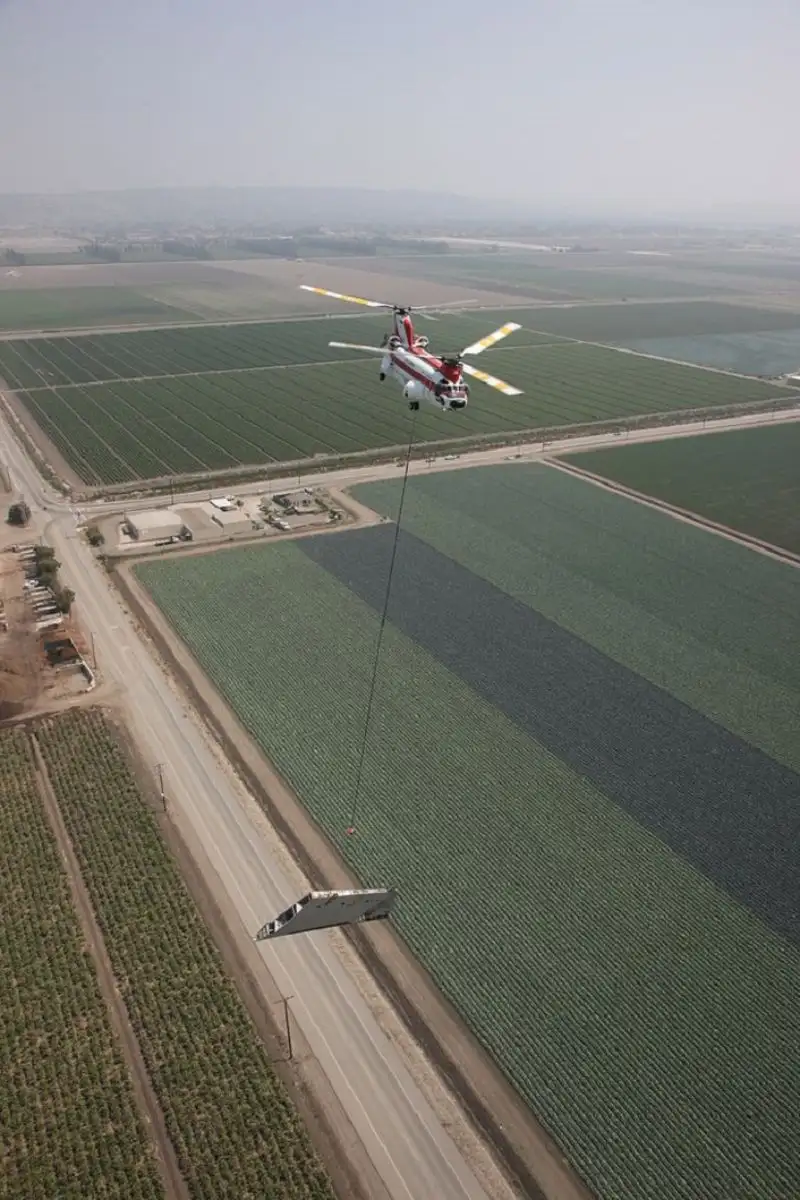
- ‘6. The old rotor system (including the swashplate) was filled with mil-l-7808 light oil which needed constant servicing. Centrifugal force would sling oil everywhere, which is why old 47s in pictures look so stained.
- ‘7. The old asymmetric metal rotor blades were prone to failure and would shake the dental work out of your mouth before you could get on the ground.
- ‘8. Hot damn we were fast! Take the girl up, point her nose down, pull back on the RRPM and the fat chick could do 190 knots!
- ‘9. Engine failures were not to be feared as at 5,000 ft agl we could glide for 5 miles looking for suitable landing area.
- ’10. The tandem rotors are synchronized by a long aluminum 7-section drive shaft running along the top. The airframe was designed to flex so the shafting had to flex as well. Each section was held in place in brackets and supported by aluminum vibration absorbing “Lord” mounts. We had to go up top and inspect those metal springs after every flight because the metal would fatigue fail which could leave pieces up there that might cut the shaft. Then the forward and aft blades would collide, pretty much ripping one or both pylons off the airframe.
- ’11. We could land on water, shut down, climb up on top for a photo, then get back in, start up and take off.
- ’12. On a B-model we even landed in the Panama Canal and used the hydraulic wheel steering control like a rudder for turning.
CH-47 amazing facts: Pulling the floors every 30 days
Densford concludes:
- ’13. Rumor is that during the evacuation at the end of Vietnam one 47 took off with 100 souls on board but landed with 101. As a lady gave birth during flight. During the Desert Storm cleanup, I was able to pack 65 standing room only Iraqi POWs in my cabin. Thank God they were docile as we were only issued a .38 and 1 Barney Fife bullet.’
- ’14. One more is the old floors were held down with hundreds of stupid #2 Philip’s head screws. We had to pull the floors every 30 days to inspect “the bilge” for cracks and mildew. This was in the days before cordless drills and many of those stupid shallow headed screws stripped out. In the early 80s I took it upon myself to switch the screws to bolts and used a socket. Then I went to Sears and bought myself one of those new 6-volt battery powered screwdrivers and a socket adapter. Oooweee the Quality Control department went off on me for making an unauthorized modification to the airframe and using an unauthorized tool to do it. They made me take every bolt out and put the screws back in. A month later the Army authorized the mod and I ordered enough bolts for our little fleet in Panama.’
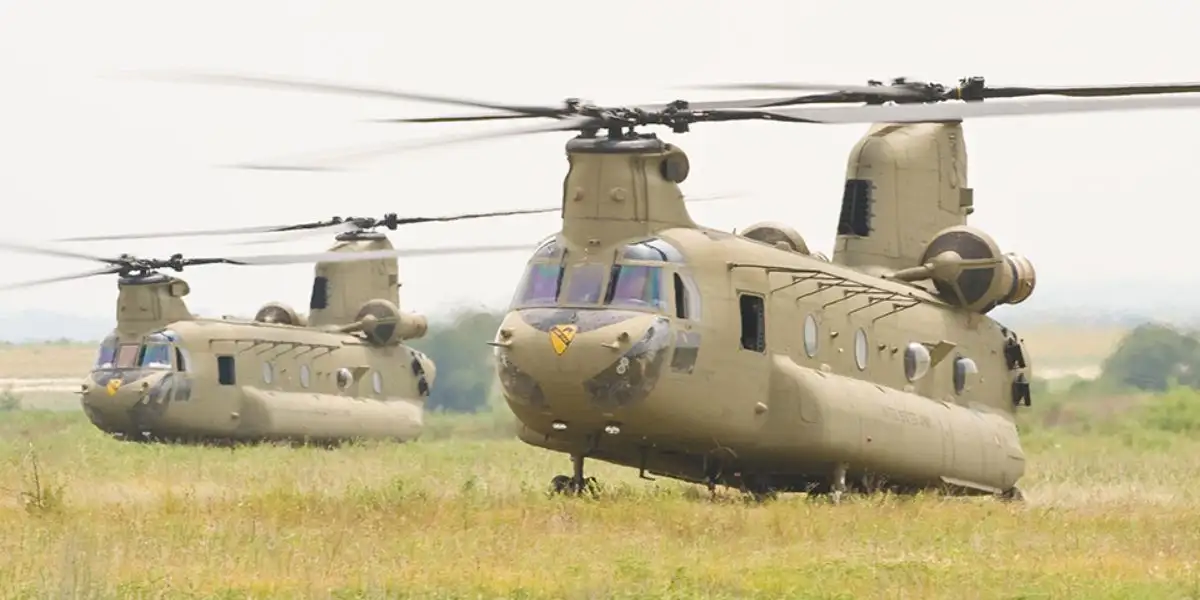
Photo by U.S. Army and Boeing






